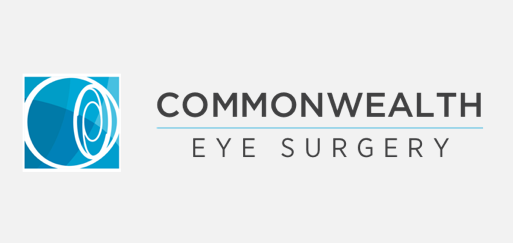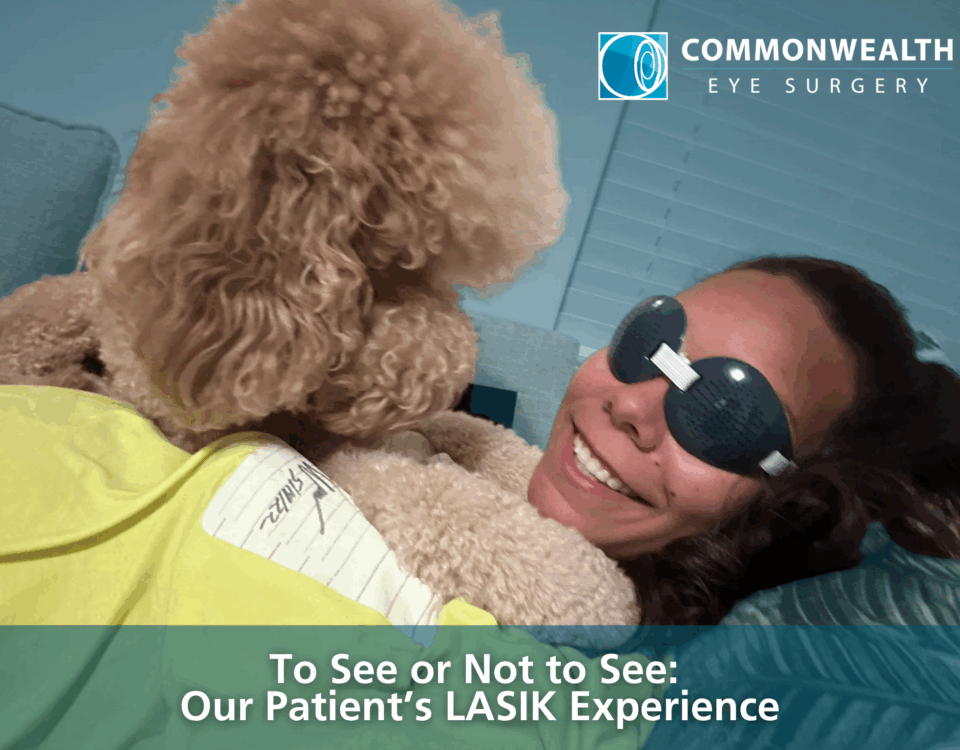
Is LASIK Surgery Worth It?
August 17, 2011
Eyecare Helps Avoid Future Health Problems
August 24, 2011Since you now have the basics covered, you probably want to know “what’s the latest and greatest?”
There are two areas of technologic advancement. Machines that make flaps for LASIK and wavefront custom ablation.
To fashion a flap for the LASIK procedure, your surgeon uses an instrument called a keratome. The keratome makes a horizontal incision at a preset corneal depth. The surgeon then lifts this flap, uses the laser to shape the cornea, and then replaces the flap.
In certain patients with corneas that are abnormally steep (pointy) or flat, the keratome can make an irregular flap, or small flap, respectively. In these extremely rare instances (one in two thousand), the laser surgery must be delayed. The surgeon simply replaces the flap and allows the cornea to heal. After a few months, a PRK can be safely performed with excellent long-term results.
Recently, a femtosecond laser has been offered as an alternative to the mechanical keratome. The advantage of the newer technology is that the laser can more safely cut a thin flap, with less risk of an irregularity. Because a thinner flap is employed, there is more corneal tissue left over to ablate. This allows more people to undergo LASIK, who would otherwise require PRK. Again, PRK offers equivalent results, but the recovery period is prolonged.
The femtosecond laser is not perfect, however. Femtosecond flaps also can be irregularly shaped, retain gas bubbles, and interfere with laser trackers when the cornea is being reshaped. Moreover, this is an expensive laser and is an additional cost to the patient. Finally, in those with previous incisional refractive surgery (RK) the mechanical keratome is the safer option.
What about wavefront and custom laser surgery? Wavefront surgery is simply a description of the shape light would make if it passed through both the cornea and the natural lens. In most people, this shape looks like a smooth potato chip. The perfect wavefront is a flat plane. Wavefront correction was designed to approximate this shape.
The first lasers created a shape on the cornea with steep edges and little blend zone to the untreated cornea. This resulted in haloes and glare when night driving or other nocturnal tasks. The cause of this phenomenon was a small treatment zone in those with large pupils, and the creation of spherical aberration. A spherically aberrated wavefront makes the light shape more akin to a sombrero than a tabletop. Adjustments in the laser pattern and strength minimized this phenomenon, and were termed wavefront optimized.
Wavefront optimized treatment, however, simply minimized the effect of spherical aberration, and did not address the other aberrations, either naturally occurring or induced by the laser that interfered with producing the best quality of vision. Wavefront optimized is NOT custom wavefront correction. It is a “one size fits all” treatment that unfortunately, has been marketed by unscrupulous individuals in an attempt to deceive the public.
Custom wavefront correction is truly a “custom” treatment. First, your individual “waveprint” is captured through an aberrometer, a laser machine itself that measures multiple components that together mathematically describe the unique pattern of the way light is shaped by your eye. This information is then processed and programs the refractive excimer laser for a true custom correction, maximizing the quality of vision. The pattern for each individual eye is truly unique, and is a modern miracle.
Okay, that’s all well and good, but how are the results? The data show that even custom correction does not neutralize all the aberrations in the eye. Its major thrust is to reduce these aberrations, and prevent those aberration induced by standard laser treatments themselves. Moreover, some of these aberrations may be beneficial in ways we continue to research. Top Gun pilots, for example, demonstrate a high amount of vertical coma, an aberration which may prove beneficial for this task set. And the ability to see at near after the age of 40 may be due to both coma and trefoil aberrations.
Custom ablation patients do enjoy the best overall quality of vision if they demonstrate a high amount of pre-operative aberrations. These patients rarely, if ever, have nighttime symptoms of halo and glare, and enjoy a higher level of contrast sensitivity.
Is the extra cost of femtosecond flaps and custom wavefront correction justified? Only through a thorough evaluation and honest discussion should you make a decision. Although these modalities offer many an even higher quality of refractive surgery in safety and quality, they are not for everyone, nor should they be “sold” indiscriminately.
And this brings us back to the emphasis in our first article. Read, hit the net, visit FDA.gov, talk to an eye doctor who is financially independent of your surgeon, and ask for names of patients that have undergone refractive surgery. Remember; look for integrity, safety, and accuracy. Do your homework, and you’ll “see the difference.”
Lance S. Ferguson MD
Surgical Director
Commonwealth Eye Surgery




